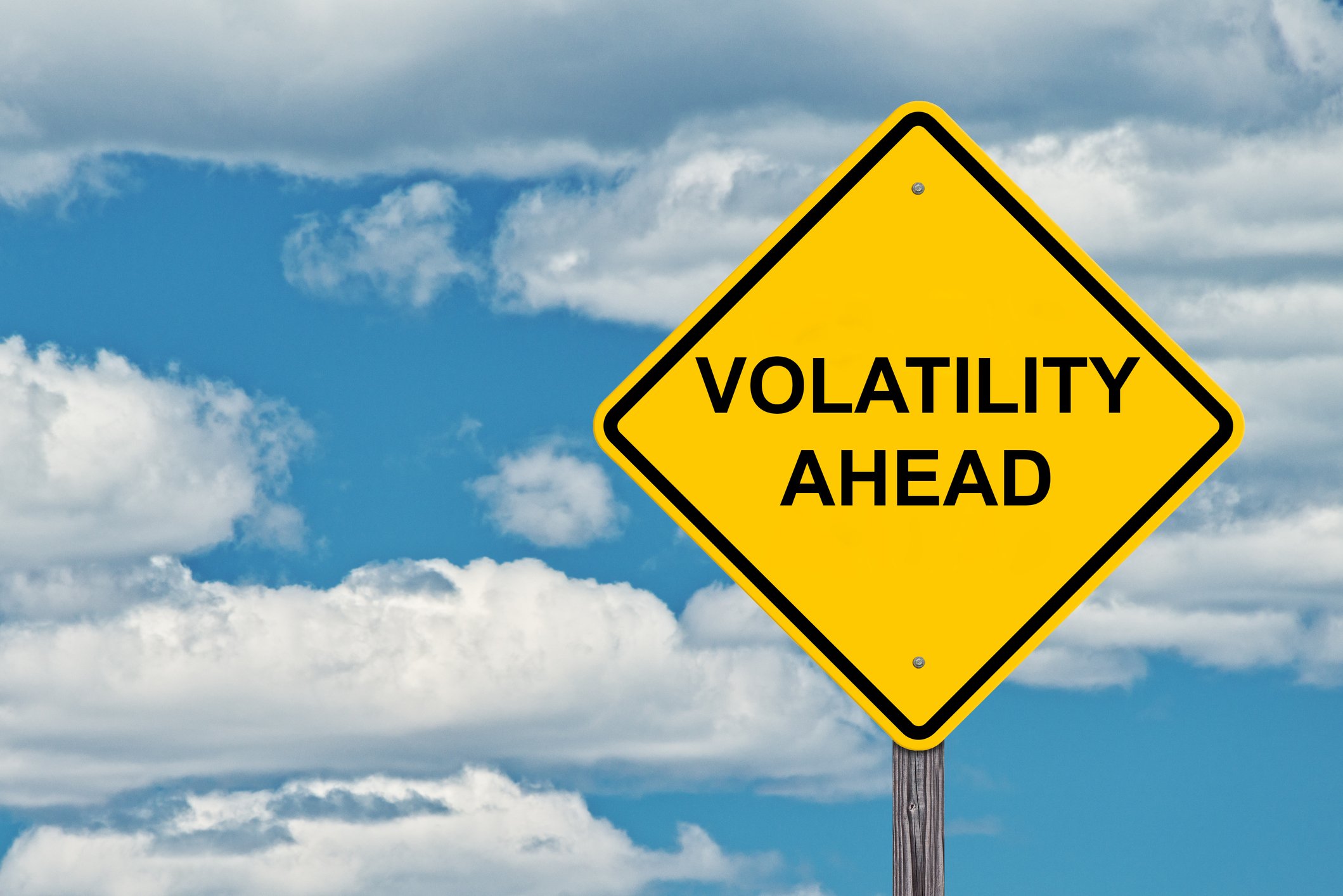A shining beacon of yield in a miserably low interest rate environment, mortgage REIT Two Harbors (TWO 0.28%) sports an eye-popping 10% dividend yield. But let's face it -- dividend yield doesn't tell you the whole story. The question for income investors is whether the dividend is dependable and sustainable. And the answer to that question requires going beyond the dividend itself to how it's generated -- the makeup of the assets. And Two Harbors' incredible diversity of assets that separates it from the pack, to my mind.
Better spreads
When you boil it down, mortgage REITs earn the spread, or difference, between what it cost them to borrow and the yield on their assets. As you can see in the chart below, Two Harbors' spread is consistently larger than its peers'.

Mortgage REITs, like Annaly Capital Management (NLY +0.09%) and American Capital Agency (AGNC +0.05%), invest almost exclusively in plain-vanilla, low-risk, and low-yield assets. While Two Harbors also invests in these types of assets, they are willing expand the beyond the usual and seize the best available opportunity.
For instance, following the financial crisis in 2009, subprime mortgages – high-risk loans to borrowers with iffy credit – were selling at sizable discounts. Seeing the potential, Two Harbors loaded up and made an absolute killing as the economy rebounded.
However, those same assets are not nearly as attractive today, so the company moved on to the next best thing, securitization – collecting residential mortgage loans, turning them into a bond, and selling them for a profit. Then at the end of last year, the company announced plans to take on the newest next best thing, commercial mortgage debt. Two Harbors suggested that $1.5 trillion in commercial loan debt will be maturing over the next several years, and this should create significant demand for new loans at attractive yields.
Ultimately, because Two Harbors' business model allows management the flexibility to invest in traditional as well as non-traditional mortgage assets, they can earn higher yields and often better returns.
Rising interest rates
If you are skeptical, it may be because companies that earn higher yields are often taking more risk. And, in short, that is true here. About 25% of Two Harbors' portfolio is exposed to credit risk, or the risk borrowers will default on their mortgage payment.
But the benefits outweigh the risks, and here's why:
While Annaly and American Capital Agency's assets are protected from defaults, their performance is often at the mercy of interest rates. For instance, when interest rates rise, the market value of currently owned bonds falls, and their yield increases to match prevailing interest rates. Because mortgage REITs invest heavily in bonds, when values decline, and the company's book value falls. I'm over simplifying, but this is a major reason most mortgage REITs tend to perform miserably when interest rates rise.
As you can see in the chart above, interest rates rates spiked in 2013 and Annaly and American Capital Agency took dramatic hits to their book value. Two Harbors' book value, however, was much better protected. One reason for this is that assets exposed to credit risk are more influenced by changes in the economy than by the rising and falling of interest rates.
Moreover, because Two Harbors' portfolio carries a higher yield, the company does not need to use as much leverage. This also helps protect against interest rates.
Lower leverage
Leverage measures how much debt a company has compared to its equity. Think of it like a mortgage on a house, if you put $10,000 down on a $100,000 home, you have a debt-to-equity ratio of nine, or you have nine times as much debt as equity -- $10,000 in equity and a $90,000 mortgage.
Here's where things can get messy: If your new house loses 10% of its value, you lose your entire investment. It works the same for mortgage REITs.

As the chart shows, while Two Harbors can amp up its leverage like in 2011, they will consistently use less. This is because, again, their higher-yielding portfolio allows them to create returns without the use of excessive leverage, and, ultimately, this helps somewhat shield Two Harbors from potential swings in the value of their assets.
Diversity is king
Interest rates will rise and fall, and the economy will strengthen and stumble. But because Two Harbors' business model gives management flexibility to pursue different options without getting dangerously overleveraged, I think there's likely to be lots of opportunity for this stock.
This is the major reason Two Harbors has been one of the best performing mortgage REITs over the past six years, and since I expect that trend to continue, I think Two Harbors is could be a great -- if riskier -- addition to a portfolio.









